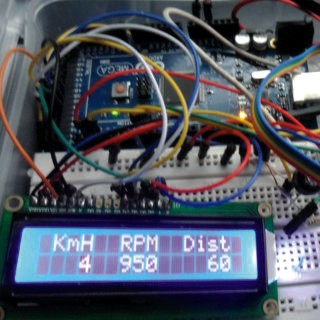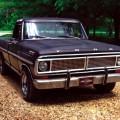Automotive Breakdown . . . by Denny Mandeville

ATTENTION PEOPLE! There is NO “MACHINE” that can be hooked up, connected to, or plugged into your car and tell “what is wrong with it”. Sorry, but NO ONE has been able to design, manufacture, or (more importantly) economically market such a device.
This idea seemed to have come about in the late 1980s when OBD I (On-board Diagnostics, version 1) was introduced and the car dealers spent marketing money in an attempt to tout the new emissions laws and put them in favorable light, aided and abetted by the Feds. Unfortunately, while it was an important step in the lower emission quest, it was far from the panacea originally marketed. It was too crude and capricious in terms of what the OE was offering-or what each company thought was important or pertinent items of data.
The quest ramped up dramatically in the mid-90’s when OBD II (same acronym, later version) was introduced to overcome the shortcomings of OBD I. Again, it was a crap shoot- not only in information available, but in the quality of the diagnostic equipment available.
To help put this in perspective, each manufacturer has its own equipment designed and sold to its network repair shops. Currently, each car company has had at least 4 versions of its OWN scan tools, each superseding antiquated computers used in diagnosis and used in their cars
This is comparable to Windows(1) vs. Windows 8 Think every manufacturer; Ford, GM, Chrysler, Toyota- every domestic, Asian, European, car manufacturer has its own, proprietary tools to diagnose the multitude of computerized controls on all the models and years each one offers. And one car company’s diagnostic tool will not work on another company’s vehicles.
So, where does this leave your friendly, local, repair facility? In a mess, that’s where. Unless your repair shop is richer than Steve Jobs, and has the patience of Job, it cannot afford to purchase all the equipment (commonly referred to as “SCAN” tools) and is forced to purchase a general purpose scan tool that has similar information available within its programming. Scan tools/equipment can range from a few hundred dollars to many thousand dollars with capabilities matching. My ‘big’ scan tool cost $14,000, with about $2,000 per year for updates, and it does okay- not as great as I would like, but it does an admirable job. And that is just one tool in my arsenal.
There are shops with more capability and shops with less. To add to the fun, every manufacturer uses its own language, format, and definitions, forcing a tech to be adaptable and frustrated. Generic scan tools sometimes try to use a commonality in its format to make using the tool less formidable not always as successfully as techs would like.
Returning to the opening paragraph, with all the “codes” a scan tool can “read”, those numbers are only a direction to go towards. For example, a P0171 (lean code) is only telling the tech a symptom- the engine is lean (not enough fuel, too much air) so which is it? Too little fuel, or too much air? The tech has to look at all the components that can contribute to such a condition. And so on, for all of the 1000s of codes- a direction, not the cause.
So, do your shop a favor, and don’t ask them to hook up to “THAT MACHINE”- it doesn’t exist. Don’t expect the silver bullet to be handed to your tech, or you, on the proverbial silver tray.





